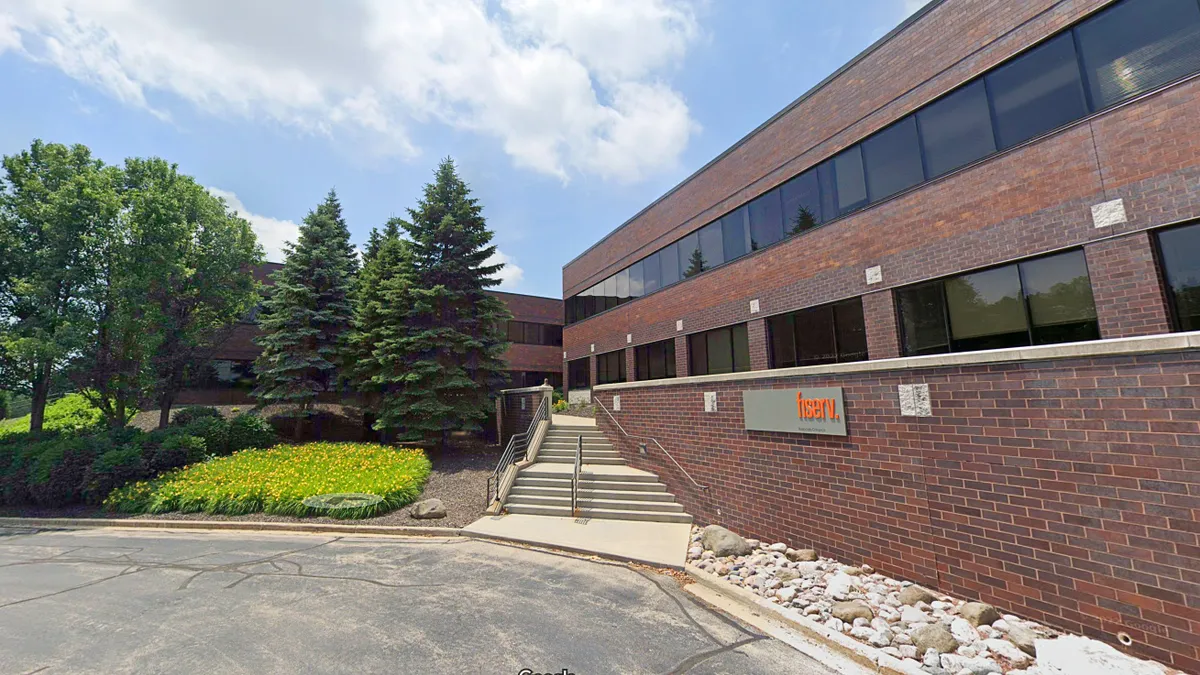Dive Brief:
- The ACH Network, the automated payments system governed by Nacha, will increase the size of payments that can be transferred through same-day services to $1 million on Friday. The current cap of $100,000 was set in March 2020. The ACH Network includes two operators, the Federal Reserve and The Clearing House.
- The Clearing House, which operates a private automated payments system, will increase the cap on money being sent over its real-time system to $1 million on April 18.
- Executives for the two organizations say they've increased the limit to meet demand from financial institutions and companies that are seeking to do more business through electronic money transfers. That trend was accelerated by the COVID-19 pandemic.
Dive Insight:
The movement of money by digital means was super-charged by the pandemic. With companies having their employees work from home, businesses and government entities alike were suddenly forced to find new ways to make their payments without the checkbooks and paper processes to which they might have been accustomed.
Overall payments processed by the electronic network governed by Nacha, formerly known as the National Automated Clearing House Association, jumped 17.4% to a value of $72.6 trillion last year, compared to 2020, while the related volume rose 8.7% to 29.1 billion transactions, the organization said last month. Both figures were records, according to historical data on the Nacha website.
As part of that increase, the use of the same-day service more than doubled in terms of value last year, soaring to about $944 billion in payments passed, while the volume of those transactions jumped 74% to 604 million transactions.
Increasing the limit was a common request from users of the system. When the limit climbed to $100,000 in 2020 so did the average amount of money sent and the overall same-day dollar volume, Nacha said in a statement on the upcoming change earlier this year. The organization decided on the new higher limit about a year ago in response to demand for the limit increase, said Michael Herd, the senior vice president for network administration at Nacha.
Use cases for the higher limit tend to be for business-to-business purposes, such as paying vendors and processing a corporate payroll, but growing consumer uses include insurance claim payouts, Herd said.
The ACH Network clears the payments three times a day and generally payments are made within 30 minutes to 45 minutes, on average, Herd said. The same-day service is only for domestic payments, not international transfers.
While the change coming to The Clearing House's real-time electronic payment system is an attempt to be competitive with the ACH Network peer, it's also a way to offer consistency across options for customers, said Steve Ledford, the senior vice president of products and strategy at TCH. The Clearing House boosted its the real-time network limit to its current $100,000 in 2020.
Last year, TCH said its electronic payments system handled about 50% of overall automated U.S. commercial payment volume and 55% of the flow from the 50 biggest financial institutions.
The TCH and its real-time system, which are owned and operated by some 20 large banks, have similarly experienced increased demand for the electronic payments service, with the average size of payments on its real-time system, known as the RTP network, rising over time, Ledford said.
The Clearing House continues to expand its RTP network, Ledford said. TCH's real-time network now touches about 62% of all deposit accounts and that percentage will climb in the coming months as more large payment processors join in, he said.
Correction: This article was updated to make clear that the ACH Network is a payment system that includes two ACH operators, one known as the FedACH that is led by the Federal Reserve banks and the other known as the EPN (which stands for electronic payments network) led by The Clearing House. Nacha governs the ACH Network.













